Procaine CAS 59-46-1 is a local anesthetic drug of the amino ester group. It is most commonly used in dental procedures to numb the area around a tooth and is also used to reduce the pain of intramuscular injection of penicillin. Owing to the ubiquity of the trade name Novocain or Novocaine, in some regions, procaine is referred to generically as novocaine. It acts mainly as a sodium channel blocker. Today, it is used therapeutically in some countries due to its sympatholytic, anti-inflammatory, perfusion-enhancing, and mood-enhancing effects.
CAS 59-46-1 Product Information
| Product Name | Procaine |
| Synonyms | 2-(Diethylamino)ethyl 4-aminobenzoate;2-(Diethylamino)ethyl p-aminobenzoate;2-(diethylamino)ethylp-aminobenzoate;2-diethylaminoethyl4-aminobenzoate;2-Diethylaminoethylester kyseliny p-aminobenzoove;2-diethylaminoethylesterkyselinyp-aminobenzoove;2-diethylaminoethylp-aminobenzoate;4-Aminobenzoic acid diethylaminoethyl ester |
| CAS NO | 59-46-1 |
| Molecular Formula | C13H20N2O2 |
| Molecular Weight | 236.31 |
| Melting point | 61°C |
| Boiling Point | 373.6°C at 760 mmHg |
| Flash Point | 179.8°C |
| Density | 1.077g/cm3 |
| Appearance | White Crystalline Powder |
| Storage | Stored in a clean, cool and dry area and keep away from strong, direct light |
Novocaine Details

Pharmacology
The primary use for procaine is as an anaesthetic.
Aside from its use as a dental anesthetic, procaine is used less frequently today, since more effective (and hypoallergenic) alternatives such as lidocaine (Xylocaine) exist. Like other local anesthetics (such as mepivacaine, and prilocaine), procaine is a vasodilator, thus is often coadministered with epinephrine for the purpose of vasoconstriction. Vasoconstriction helps to reduce bleeding, increases the duration and quality of anesthesia, prevents the drug from reaching systemic circulation in large amounts, and overall reduces the amount of anesthetic required. As a dental anesthesic, for example, more novocaine is needed for root canal treatment than for a simple filling. Unlike cocaine, a vasoconstrictor, procaine does not have the euphoric and addictive qualities that put it at risk for abuse.
Procaine, an ester anesthetic, is metabolized in the plasma by the enzyme pseudocholinesterase through hydrolysis into para-amino benzoic acid (PABA), which is then excreted by the kidneys into the urine.
A 1% procaine injection has been recommended for the treatment of extravasation complications associated with venipuncture, steroids, and antibiotics. It has likewise been recommended for treatment of inadvertent intra-arterial injections (10 ml of 1% procaine), as it helps relieve pain and vascular spasm.
Procaine is an occasional additive in illicit street drugs, such as cocaine. MDMA manufacturers also use procaine as an additive at ratios ranging from 1:1 up to 10% MDMA with 90% procaine, which can be life-threatening.
Synthesis
Procaine can be synthesized in two ways.

- The first consists of the direct reaction of the 4-aminobenzoic acid ethyl ester with 2-diethylaminoethanol in the presence of sodium ethoxide.
- The second is by oxidizing 4-nitrotoluene to 4-nitrobenzoic acid, which is further reacted with thionyl chloride, the resulting acid chloride is then esterified with 2-diethylaminoethanol to give Nitrocaine. Finally, the nitro group is reduced by hydrogenation over Raney nickel catalyst.
Contact
Signal: @heybeyond.01
Telegram: @heybeyond
WhatsApp: +1 6602214456
Products Website: https://pmk-28578-16-7.com

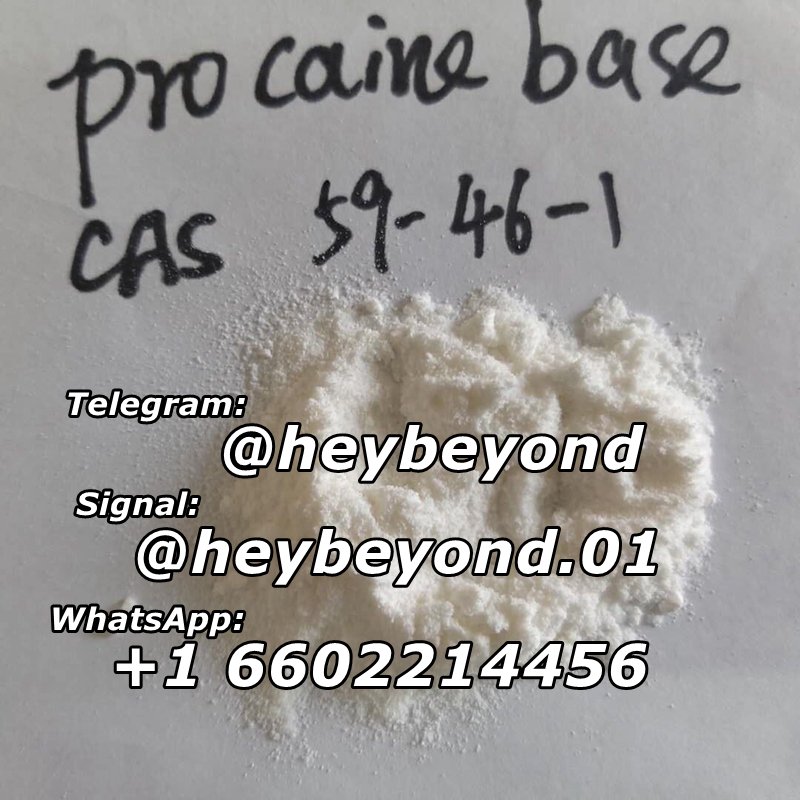
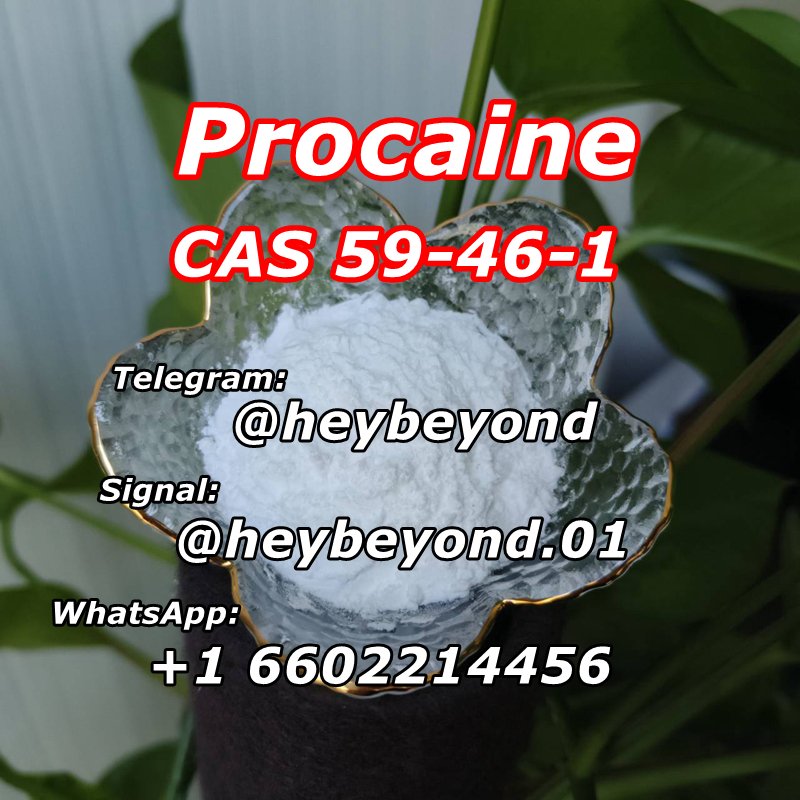

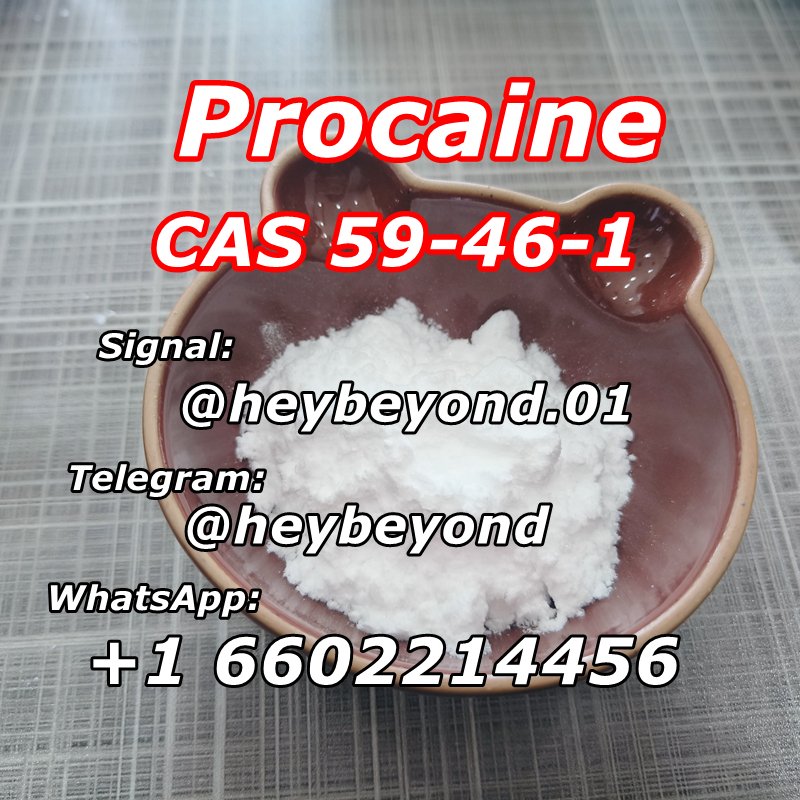
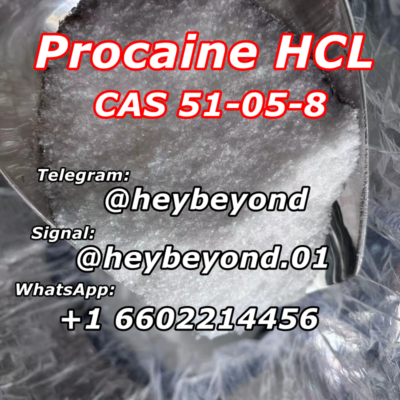
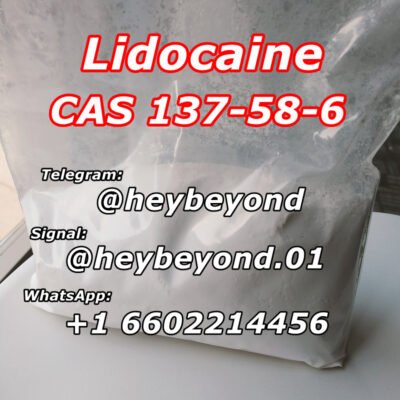
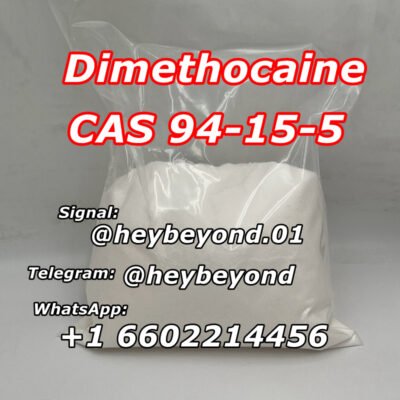
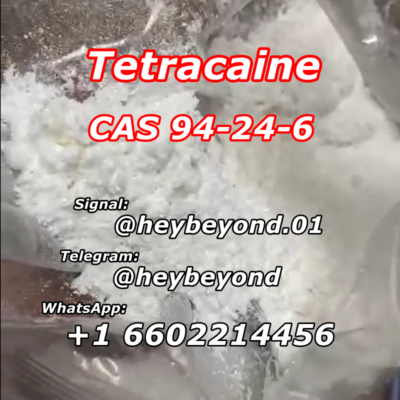
Reviews
There are no reviews yet.